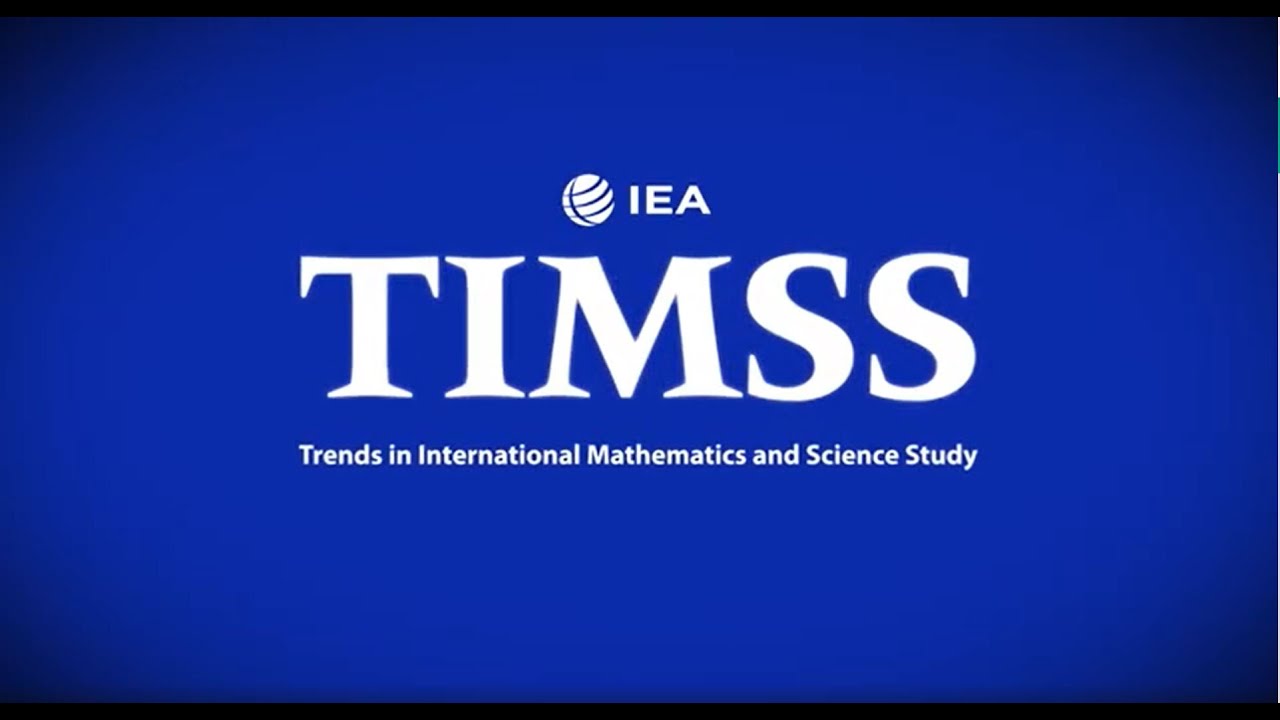
This is the subsequent installment in my series concerning introductory texts on the history of mathematics. In some regards, the series commenced almost eight years ago when I penned [a brief, highly negative critique](https://thonyc.wordpress.com/2017/11/01/men-of-mathematics/) of the book that first acquainted me with the history of mathematics, Eric Temple Bell’s _Men of Mathematics_. More recently, a few weeks ago, I produced an extensive two-part thorough review of Kate Kitagawa & Timothy Revell’s _The Secret Lives of Numbers_: _A Global History of Mathematics & Its Unsung Trailblazers._ [Here](https://thonyc.wordpress.com/2025/01/15/it-cant-be-that-bad-after-all-its-a-penguin-part-the-first/) & [here](https://thonyc.wordpress.com/2025/02/05/it-cant-be-that-bad-after-all-its-a-penguin-part-the-second/). On social media, I was later asked for recommendations. Consequently, I followed up with [a collective review of the books on the history of mathematics](https://thonyc.wordpress.com/2025/02/12/books-on-the-history-of-mathematics-some-thoughts/) that I am familiar with and would endorse, along with some titles that are currently leading the market and generally well regarded. In the comments of that post, Fernando Q. Gouvêa suggested a book he coauthored with William P. Berlinghoff, _Math Through the Ages_: _A Gentle History for Teachers and Others_, which was highly recommended by Glen Van Brummelen, whose [excellent books on the history of trigonometry I reviewed here](https://thonyc.wordpress.com/2021/12/08/ohms-or-everything-you-wanted-to-know-about-the-history-of-trigonometry-and-didnt-know-who-to-ask/). Therefore, I acquired _Gouvêa- Berlinghoff, Math Through the Ages_ and [wrote a review of that as well](https://thonyc.wordpress.com/2025/03/13/history-of-maths-for-beginners/). In my collective review, I referenced Snezana Lawrence’s _A Little History of Mathematics_ (Yale University Press, 2025), which at that time had not yet been published. It is now, and I possess a copy which I have read, and below are my thoughts on it.
[](https://thonyc.wordpress.com/wp-content/uploads/2025/05/a-litle-history20250529_09063460_01.jpg)
This is certainly not an academic text; it lacks footnotes, endnotes, or a bibliography, and is clearly designed for the general interested reader. It consists of forty self-contained essays that address facets of the history of mathematics in approximately chronological order. The book spans only two hundred and eighty pages, so each essay averages about seven pages. They are independent vignettes with occasional cross-references in the format of see Chapter X. Lawrence touches upon most of the usual significant themes but places a slight emphasis on women in mathematics.
Interestingly, we begin with a chapter where Lawrence questions what mathematics is and what constitutes a mathematical object, leading to a brief discussion about the Ishango bone. This is followed by a disappointingly insufficient presentation of Babylonian mathematics that focuses on tables of calculated values to assist with arithmetic. We receive no insights into the sophisticated and, for its time, advanced mathematical culture that the Babylonians established. But what can one achieve in seven pages? Inevitably, Egypt follows Babylon, with a reasonably concise account of the Papyrus Rhind. We transition to Greece and a sensibly agreeable portrayal of the Pythagoreans, which leads into a discussion of Plato and the Platonic solids. We remain in Ancient Greece for mathematics’ all-time best seller, _The Elements of Euclid_. We shift to China and review _The Nine Chapters on the Mathematical Art_, emphasizing the distinctions between the Chinese approach and that of Euclid. The chapter concludes with the accurate observation that Western and Chinese mathematics evolved largely independently of one another.
We return to the West during late antiquity and explore the number theory of Diophantus. This provides our author the opportunity to introduce her first female mathematician, Hypatia, who reportedly wrote a commentary on Diophantus. The account of Hypatia is fairly balanced and reasonable. Next, we travel back to Asia for a fairly standard overview of the introduction of zero as a number in early medieval India.
[![](https://thonyc.wordpress.com/wp-content/uploads/2025/05/a-litle-history20250529_090